HR compliance is an ever-evolving concept and HR departments need to continuously review their processes to ensure they meet the expectations of regulators and the approach of employees.
In the European Union, companies have had to manage the implementation of legislation such as the EU Whistleblowing Directive, the EU Listing Act and a range of sustainability reporting directives in recent years. And the dynamics of the workplace have shifted, too. An LRN survey found that:
- 63% of Generation Z workers consult their company’s code of conduct, compared with 49% of baby boomers.
- Gen Z are twice as likely as baby boomers to agree that it is acceptable to bend the rules to “get the job done.”
This dichotomy, and the potential legal, financial and reputational risks for failing to prevent misconduct, shows the challenge for HR teams and why it is important to regularly review your approach to compliance to ensure the tone from the top filters through the organisation. This article provides an HR compliance audit checklist to help you analyse and optimise your approach to communicating your workplace policies.
|
Table of Contents
|
How to prepare for an HR compliance audit
Your regulatory compliance strategy is your blueprint for how you will operate within the jurisdictions in which your company resides. No longer is it enough to fire-fight after the event of a compliance lapse, trying to ascertain what went wrong. Compliance departments should instead be looking to mitigate potential risks, whilst working with the business to help maintain sustainable growth that does not put the organisation at odds with regulators and legislators.
The elements that form your strategy for compliance will depend on the size of your organisation and the sector in which you operate as well as the countries in which you do business. For example,
- All companies that do business in the European Union and the United Kingdom must adhere to theGeneral Data Protection Regulation (GDPR). The UK transposed the EU’s regulation into national law after Brexit, referring to it as UK GDPR.
- Organisations with 50 or more employees are subject to the new EU Whistleblowing Directive which requires organisations to implement internal whistleblowing systems, protect whistleblowers from retaliation and keep accurate records of each report.
- Financial services and credit companies, estate agents, gambling organisations and other businesses that operate in the EU and deal in large financial transactions form the obliged entities that must comply with the union’s variousanti-money laundering directives (AMLD).
Why have a compliance strategy?
1. Getting started
- Set audit objectives. Think about what you want to achieve, whether it is shoring up your regulatory compliance, improving your processes, communicating your culture to new teams following a merger or any other goal. This will guide the entire process.
- Form the audit team and assign responsibilities. Choose a mix of both internal and external experts to provide input on their specialist areas of HR compliance. Define their roles to ensure there is accountability for carrying out a thorough process.
- Create a timeline and audit plan. Map out the milestones for the process and be realistic about the time you allot for each phase. You need to find the balance between keeping the audit focused and ensuring you cover all relevant areas.
- Gather essential documents and data. Assemble your current policies for whistleblowing (including the reporting channel you use, such as IntegrityLog), GDPR, market abuse, for example, and any new legislation for which you are in-scope. Access your contracts, employee files and other data sources so that you run the audit with the best possible evidence base.
2. Organisational documentation and policies
- Review employee handbooks and policy manuals. Check that the content is current, compliant with the current regulatory landscape and aligns with your established business practices. Update them accordingly.
- Verify employment contracts and role-specific agreements. Work through the contracts to ensure they meet current compliance standards and reflect the correct job responsibilities and terms for each role.
- Ensure clarity on termination, probation and notice periods. Review any changes made to legislation on employment rights in all territories in which you operate to be certain that you are working to the correct standards. Communicate any changes that need to be made to avoid disputes and potential legal risks.
3. Recruitment and hiring compliance
- Review non-discrimination and equal treatment policies. Ensure that your hiring and management policies adhere to the equality legislation where you operate and that they are clear and specific to help stakeholders implement them correctly.
- Verify background checks, right to work and background screening processes. Check the local immigration legislation to be certain that you have the necessary compliance framework in place and verify that it adheres to your requirements under GDPR, too.
- Review job descriptions and application forms for accuracy and relevance. Analyse all current job descriptions and approved descriptions for job adverts, as well as the wording of application forms. Consider whether they meet the true, up-to-date requirements and do not contain biased or outdated language or concepts.
4. Work time rights and pay compliance
- Adhere to national wage and hour laws and the EU Working Time Directive. Make sure that your current policies adhere to the legal minimums for working hours, rest breaks and other relevant issues.
- Verify employee classifications. Consider which staff are full-time, part-time, agency workers, freelancers and so on, making a record of payment policies for each classification and working hours expected.
- Ensure lawful overtime practices and break entitlements. Validate the fact that overtime is a voluntary undertaking and that there are processes to record it correctly, with legal rest breaks provided accordingly.
- Ensure compliance with national leave entitlements. Each country has its own minimum leave standards for holidays, illness, parental responsibilities and other such elements. Check that your policies are in accordance with the rules in your jurisdiction.
5. Employment status and contracts
- Review temporary and fixed-term contract terms. Confirm that you are meeting EU and national legal requirements on renewals, equal treatment, employee rights and tax arrangements for these workers.
- Ensure agency worker compliance under EU and local law. Check that any agency staff you engage are treated in accordance with their rights under the Temporary Agency Work Directive, including receiving protections enshrined in law.
6. Payroll and compensation practices
- Ensure accurate salary payments. Cross-reference agreed employee salaries alongside the money paid out to be sure that you have been accurate in payments.
- Review your payslip format. Check with your legal department and local regulators to understand whether your payslips are generated in a legally compliant format.
- Comply with statutory deductions and social contributions. Each jurisdiction has its own rules over the amounts you withhold for tax, pension payments, national insurance, student loans and other such contributions.
- Review pay structures for fairness and transparency. Are the salaries you pay fair and backed by tangible factors such as experience and length of service? If there is a discrepancy between genders, for example, you should investigate to understand whether this is a result of discrimination, intentional or unconscious.
7. Health, safety and welfare at work
Thorough training on the procedures required and the reasons behind them is essential to make sure that the business not only remains compliant but also fosters ongoing compliance growth. Employees should know how to spot a compliance issue, how to report it and how to escalate it. Management should understand how to handle reports and what to do next, as well as how their dealings with business partners are affected.
In addition, employees at all levels should understand the correct procedures to avoid compliance issues. For example, how to manage personal data, how to deal with whistleblowers, how to onboard new customers using the correct know your customer (KYC) and customer due diligence (CDD) protocols.
8. Ensure accurate record-keeping
- Ensure HR compliance with national health and safety legislation. Conduct an audit of not only your company’s health and safety policies to make sure they meet at least the minimum standards, but also how effectively they are implemented in the workplace.
- Review risk assessments and safety training records. Ensure that your compliance risk assessments have been updated recently and do not contain outdated or unnecessary information that detracts from the pertinent risks in your workplace. Also, consider how recently employees have undertaken safety training relating to these risks.
- Verify incident reporting procedures and first aid provisions. Check that your reporting channels are clearly defined, accessible, easy to use and that there is always someone available to take action. Request a demo of IntegrityLog to find out how straightforward it is to create a confidential and compliant whistleblowing workflow that can only be accessed by authorised personnel and features an intuitive dashboard that keeps your investigating teams in the loop on the status of all cases. You should have first aid provision available for these incidents so that victims can receive treatment immediately whilst the procedure is ongoing.
9. Anti-discrimination and equal treatment
- Review compliance with the equal treatment legislation. Although the European Commission has abandoned the proposal for an EU-wide Equal Treatment Directive, there are anti-discrimination rules in some countries, and you should understand how that impacts your obligations.
- Verify anti-harassment policies and complaint procedures. Make sure you have a clear and comprehensive policy to dissuade harassment and a workflow in place to investigate reports of bullying behaviour. Make sure you have a confidential and secure whistleblowing reporting tool like IntegrityLog to give employees the confidence to come forwards with their complaint.
- Ensure training on diversity, equity and inclusion is up to date. Revise the content of your training programme to meet current best practice and to ensure it helps your team build awareness and legal compliance in this regard.
10. Discipline and grievance procedures
- Ensure fair disciplinary procedures aligned with national law. Every employee has the right to an impartial process to ascertain whether they have acted in an inappropriate manner in the course of their work. Ensure yours is in accordance with employment law in your jurisdiction and that the subject has the right to respond and appeal. Make sure employees understand termination procedures and other related HR practices.
- Verify grievance handling protocols. Check that your grievance policies are fair, transparent and accessible so that any employee making a complaint against the company is not restricted from doing so. Establish whistleblowing channels and an investigation function that meets the obligations of local whistleblowing laws. Request a demo of IntegrityLog to see how it helps keeps investigations on track, with confidential communication with reporting persons and secure access control.
- Document actions taken and maintain clear records. It is important to maintain an audit trail to show that you have acted in accordance with the law at all stages of the process in case of a regulatory investigation later on.
11. Right to work and immigration compliance
- Verify identity and right to work documents. If you do not have records of all employees’ identity and right to work documents, request them as a matter of urgency. Ensure that your onboarding process includes this as a non-negotiable requirement of employment at your company.
- Ensure secure storage and retention of verification records. Store these verification records in a safe place with limited access to only authorised personnel to maintain data protection.
- Stay informed of post-Brexit or Schengen-related requirements. Review changes to immigration law at regular intervals to ensure HR compliance with the latest requirements on both EU mobility and requirements for potential employees from third countries.
12. Data protection and employee privacy
- Ensure compliance with GDPR and local data protection laws. Work with the IT department to understand how the company manages data and what responsibilities it has as a result, whether in EU or national law. Strengthen protections if necessary for compliance.
- Review data processing agreements and access controls. Ensure third parties processing employee data have appropriate, compliant measures in place and that internal access is restricted appropriately.
- Verify how employee records and surveillance data are handled. Check that there is transparency over how you handle employee information and records on data that you monitor, such as employee personal trading records. Ensure these are fair, proportionate and do not violate the rights of your staff.
13. Training and development obligations
- Record completion of required compliance and safety training. For a successful HR compliance programme, you need to make sure your team has attended necessary training, so keep comprehensive records about attendance to show that you have imparted the required knowledge.
- Document skill development programme. Document how employees are supported in learning and development to demonstrate investment in the capability of your workforce.
14. Remote and hybrid work compliance
- Ensure legal clarity in remote work agreements. Ensure remote work policies specify expectations, hours, data handling, liability and restrictions on the use of shadow IT to avoid disputes or compliance gaps.
- Verify home office health and safety provisions. Conduct risk assessments for home workstations and provide guidance to maintain health and safety standards, such as screen time limits, remotely.
15. HR systems and record management
- Ensure accurate and lawful recordkeeping in HR systems. Check that HR systems track employment history, absences and compliance tasks while following security best practices.
- Verify access controls and audit trails. Ensure systems have the ability to keep out unauthorised personnel to prevent unauthorised data changes or leaks. They should also log all adjustments to keep a record of activity that proves HR compliance.
Best practices for recordkeeping
|
Best Practice |
Explanation |
|
Maintain centralised digital records |
Use a secure, central system to store all HR documents for easier access and so they are available in case of an audit. |
|
Follow statutory retention periods |
Comply with legal guidelines on how long to retain employee records, such as payroll information and contracts. |
|
Limit access to authorised personnel |
Protect sensitive information by restricting access to HR data to trained, authorised staff only. |
|
Regularly review and update records |
Ensure all information is accurate and up to date. |
|
Keep clear audit trails |
Maintain logs of any edits or access to sensitive files so that you can prove what happened and when. |
|
Secure data against breaches |
Use encryption, firewalls and multi-factor authentication to protect data from unauthorised access or loss. |
|
Back up data regularly |
Schedule routine backups to prevent data loss and ensure business continuity. |
|
Train staff on data handling |
Educate HR and relevant personnel on proper documentation and privacy practices. |
FAQ
Who should conduct an HR audit?
You might choose to have internal HR professionals trained in compliance handle your audit. Some companies use external consultants for a more objective third-party assessment of adherence to employment laws and HR compliance in general.
How often should HR audits be conducted?
The HR department should conduct audits annually as a baseline, but you might also need to hold more frequent reviews during times of organisational change or following regulatory updates, for example.
Why are HR audits important for organisations?
HR audits help organisations ensure compliance with employment law, as well as aspects of corporate law at both national and EU levels. They help you identify risks, improve your policies and support a fair and consistent workplace.
What are the most common audit red flags?
Common red flags include inconsistent recordkeeping by the HR department, outdated employee policies, lack of documented procedures and non-compliance with labour laws or training requirements. You should pick up these in your HR compliance audit and act on them accordingly.
Conclusion
This HR compliance audit checklist will help you take a deep dive into the processes and protections you have in place to meet your compliance obligations. There are wide-ranging requirements in many different areas of employment laws and HR compliance when it comes to making sure your people are fully informed and resourced in accordance with employment laws.
Using digital solutions can help you streamline and secure your workflows. IntegrityLog, for example, is an online whistleblowing reporting platform that is essential for HR teams that need an optimised, confidential workflow to allow employees to raise concerns over their treatment within the organisation. Customised branding ensures that it feels like a safe and trusted space for your people, encouraging the reporting that helps you eradicate misconduct. IntegrityLog also keeps records of your cases for future reference. Request a demo today. |
References and further reading
Related Articles
See all postsHow to Use the Three Lines of Defence Model for Risk Management
05-11-25
6 Tips to Implement Compliance Controls That Work
20-10-25
Financial Disclosures in the Spotlight: The IR Function at a Crossroads
16-06-25
How to Choose Regulatory Compliance Management Tools for Your Company
25-03-25
11 Key Compliance KPIs + Examples (And Why You Should Track Them)
05-02-25
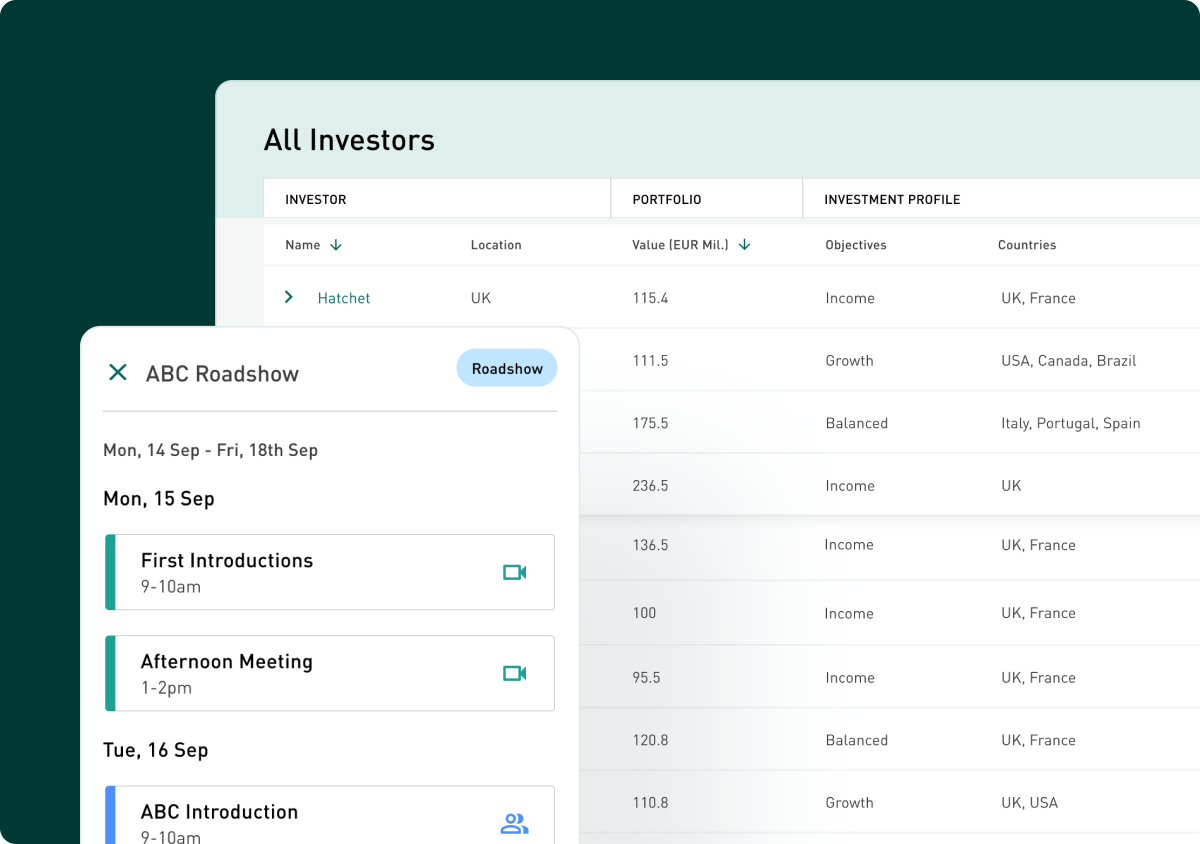

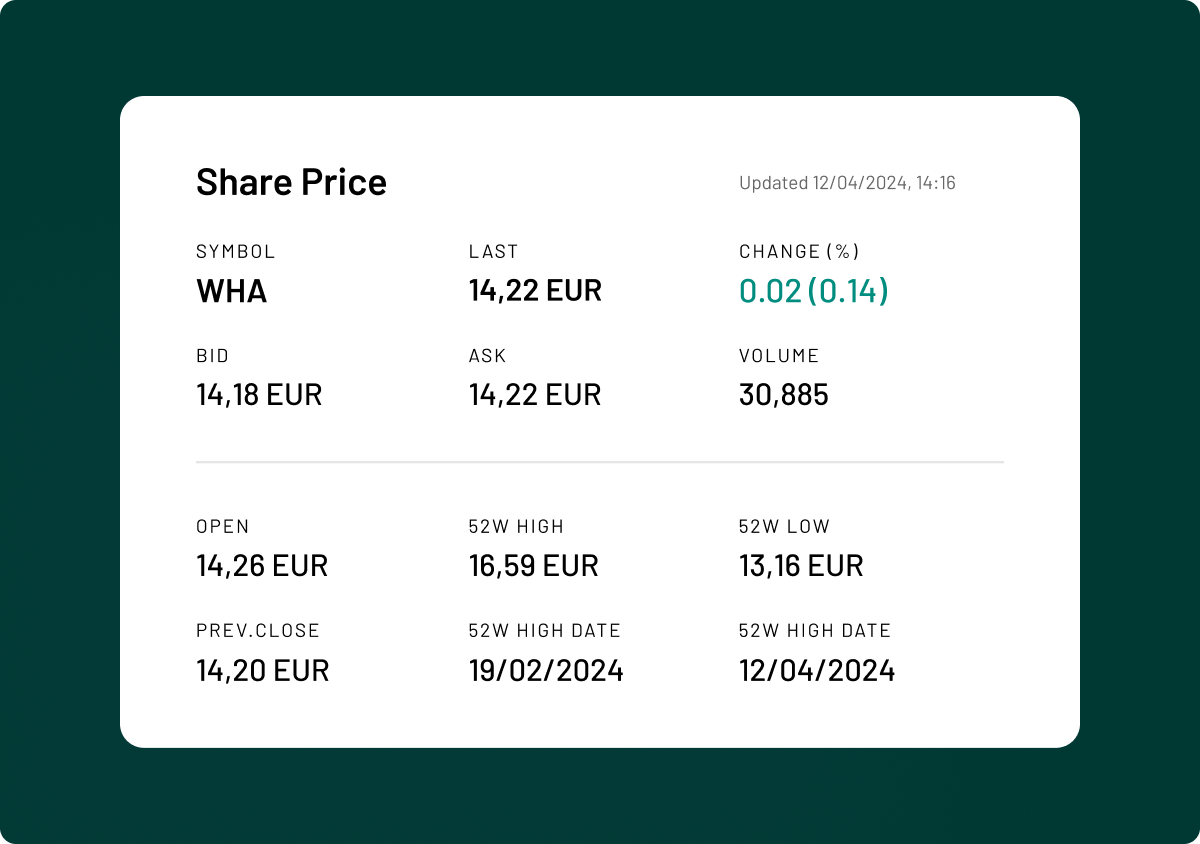


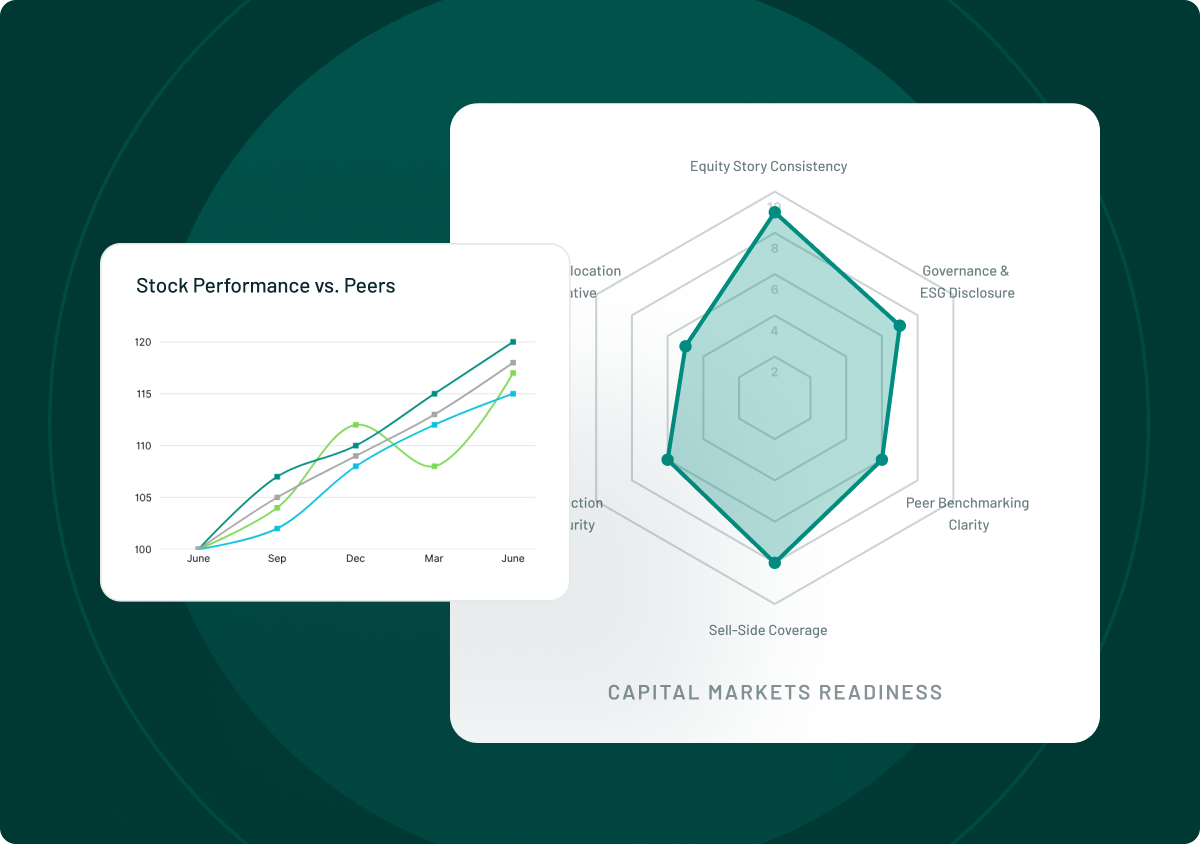
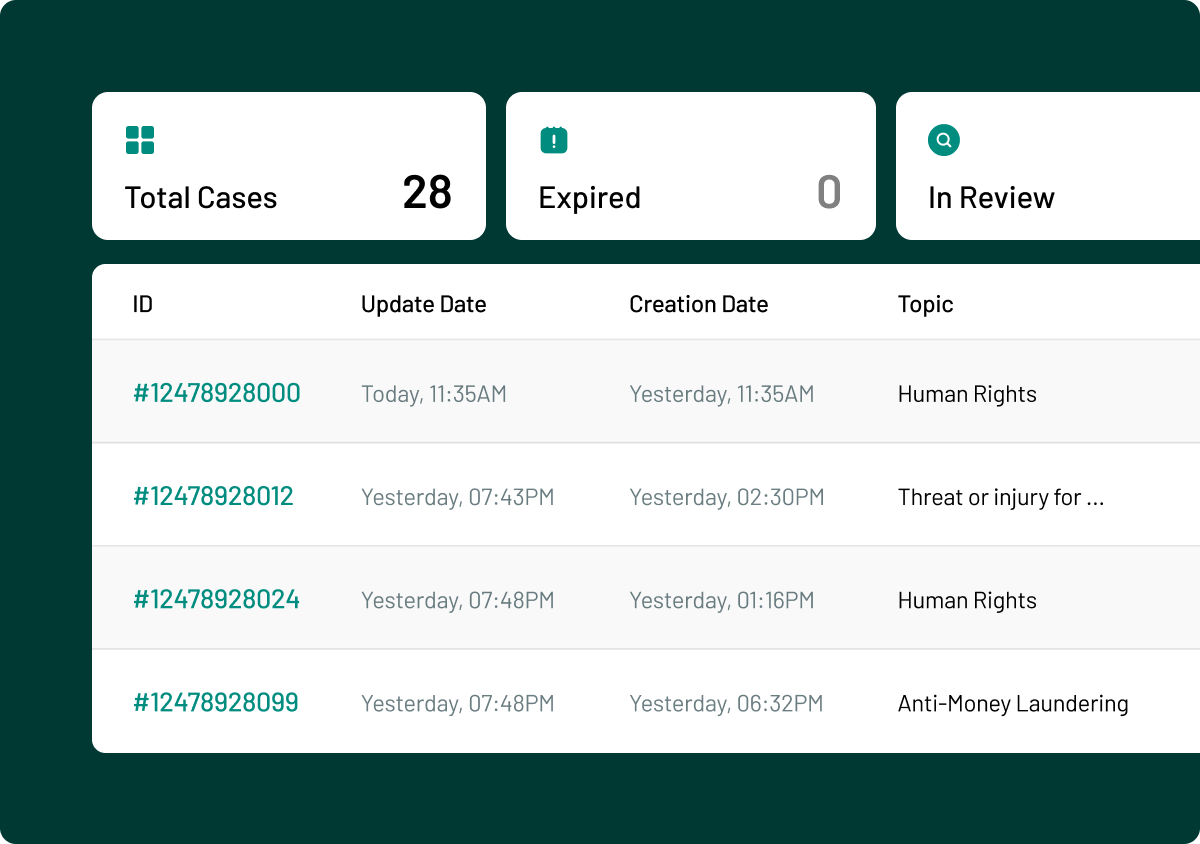
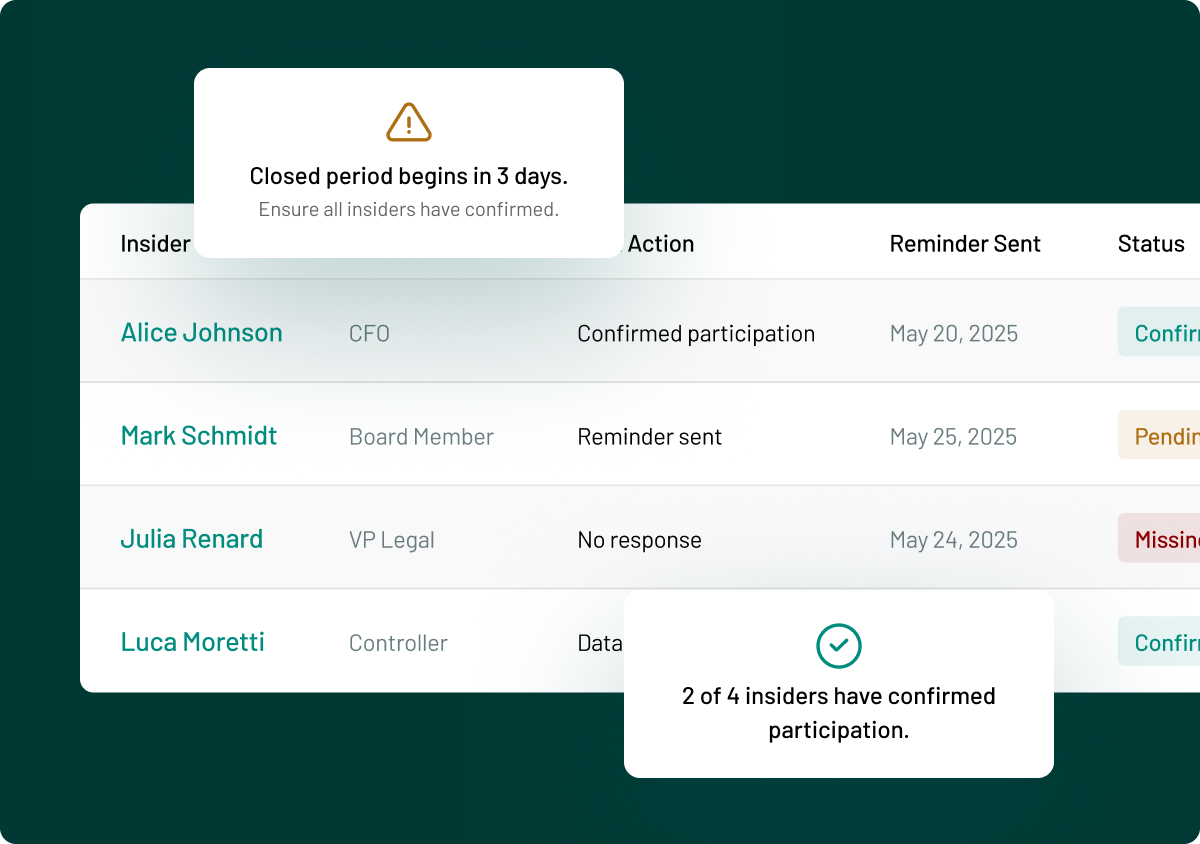
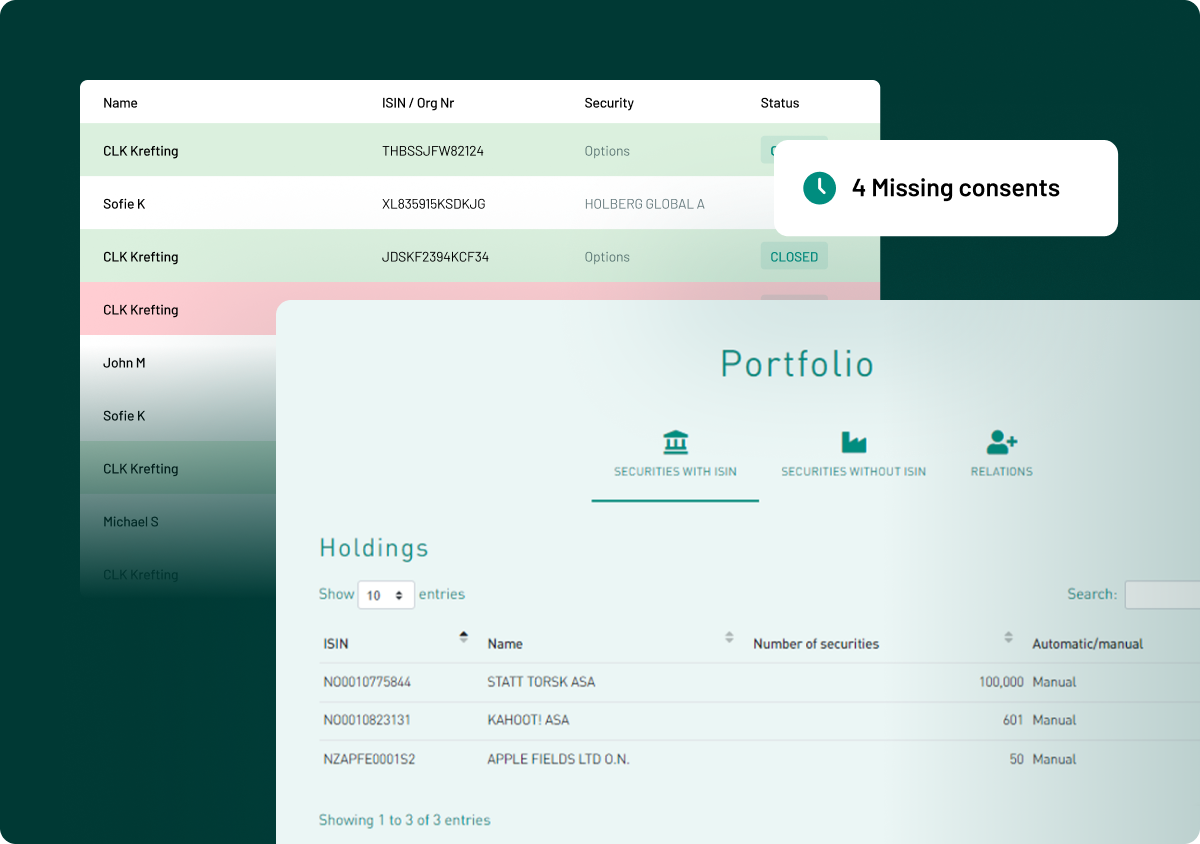
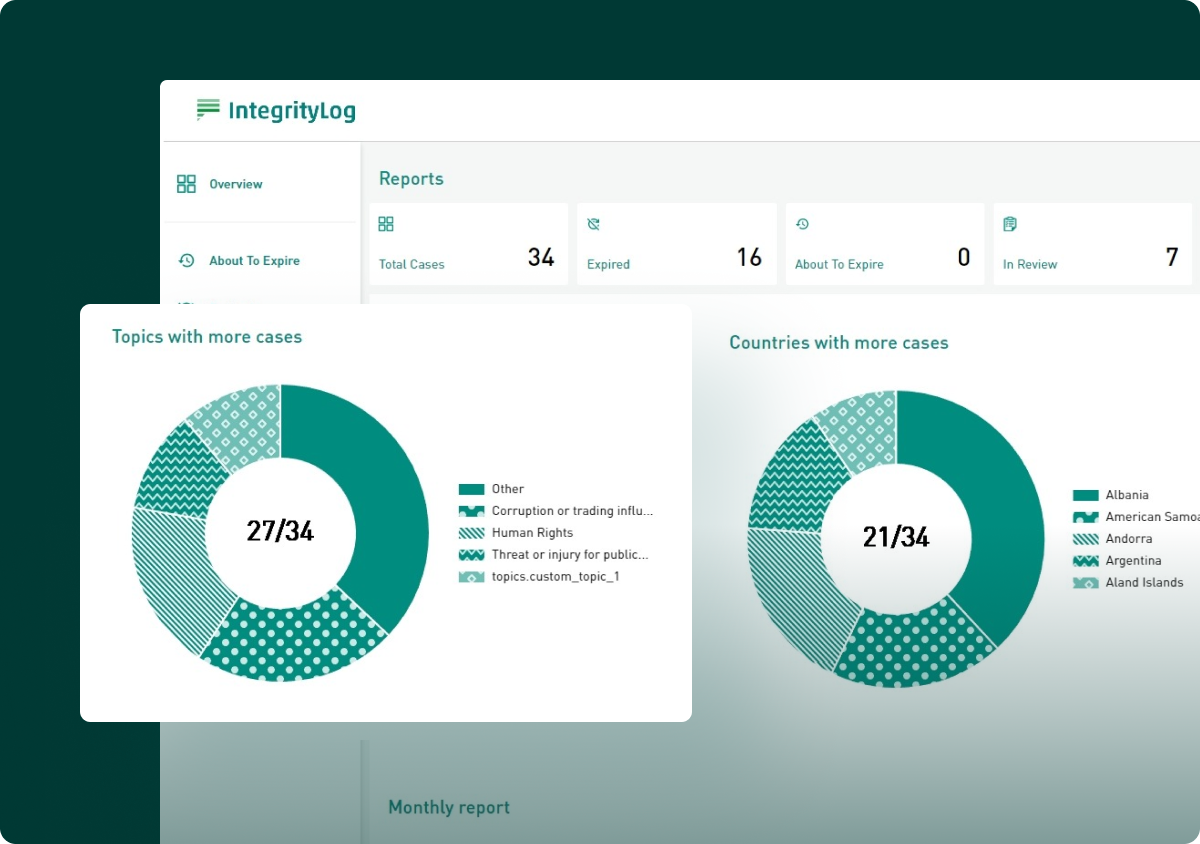
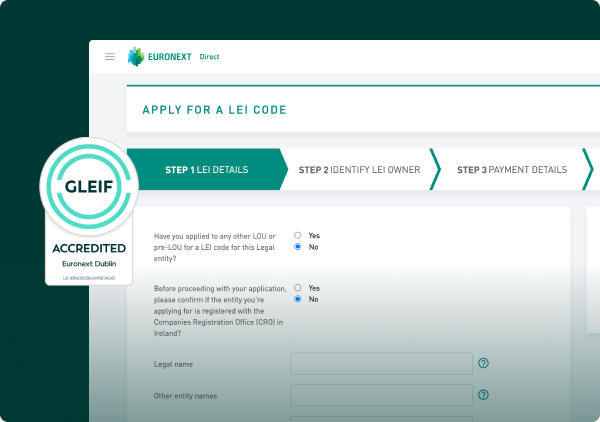
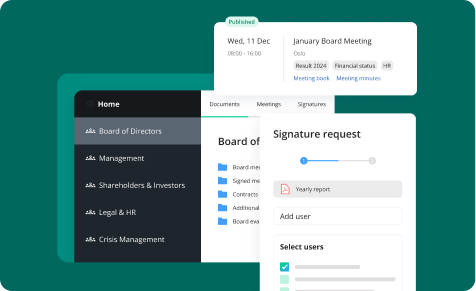
.png)
.png)

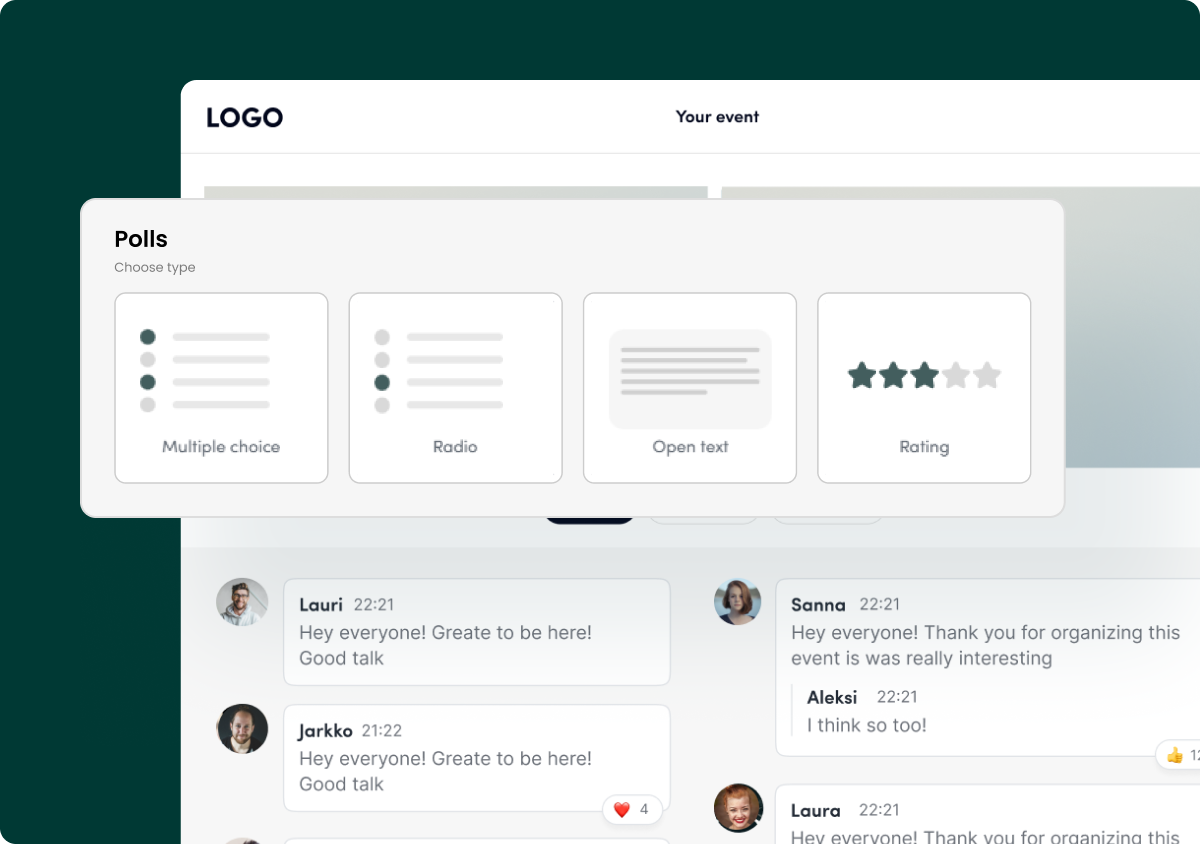
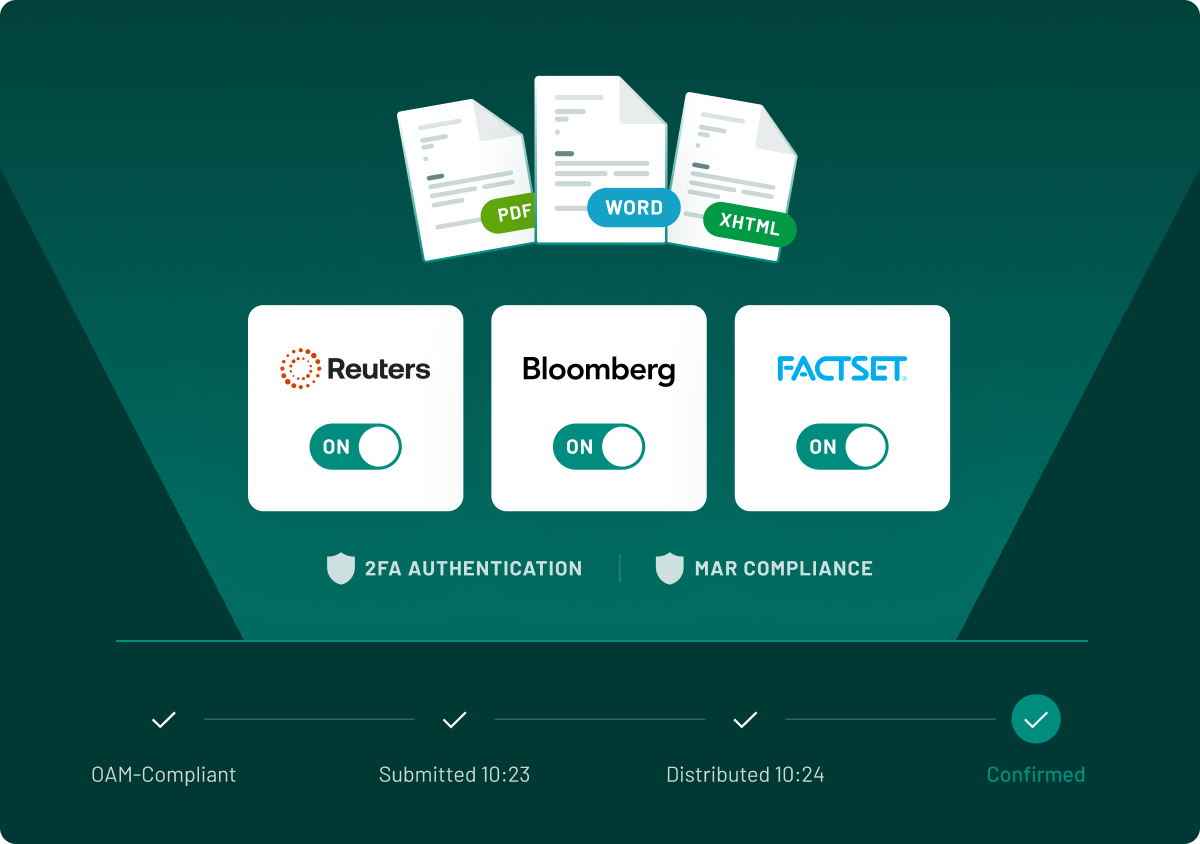


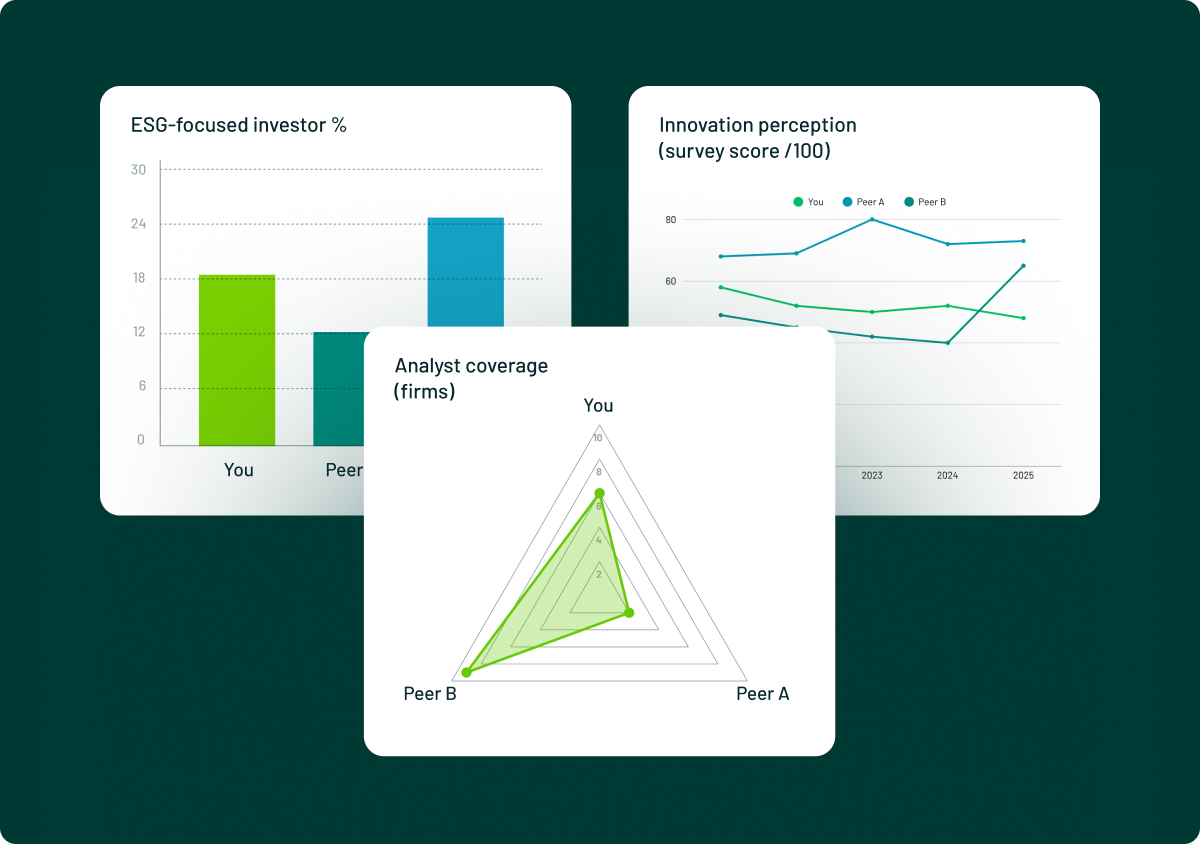
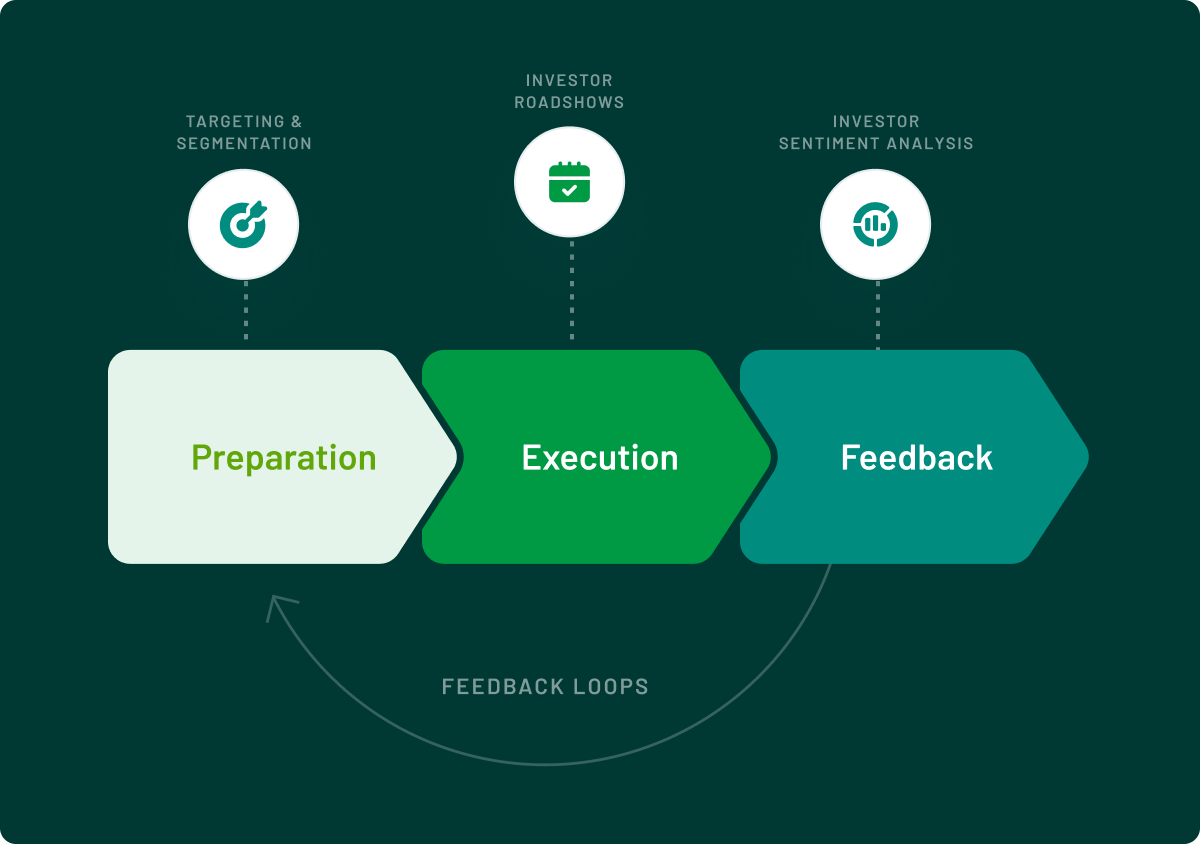
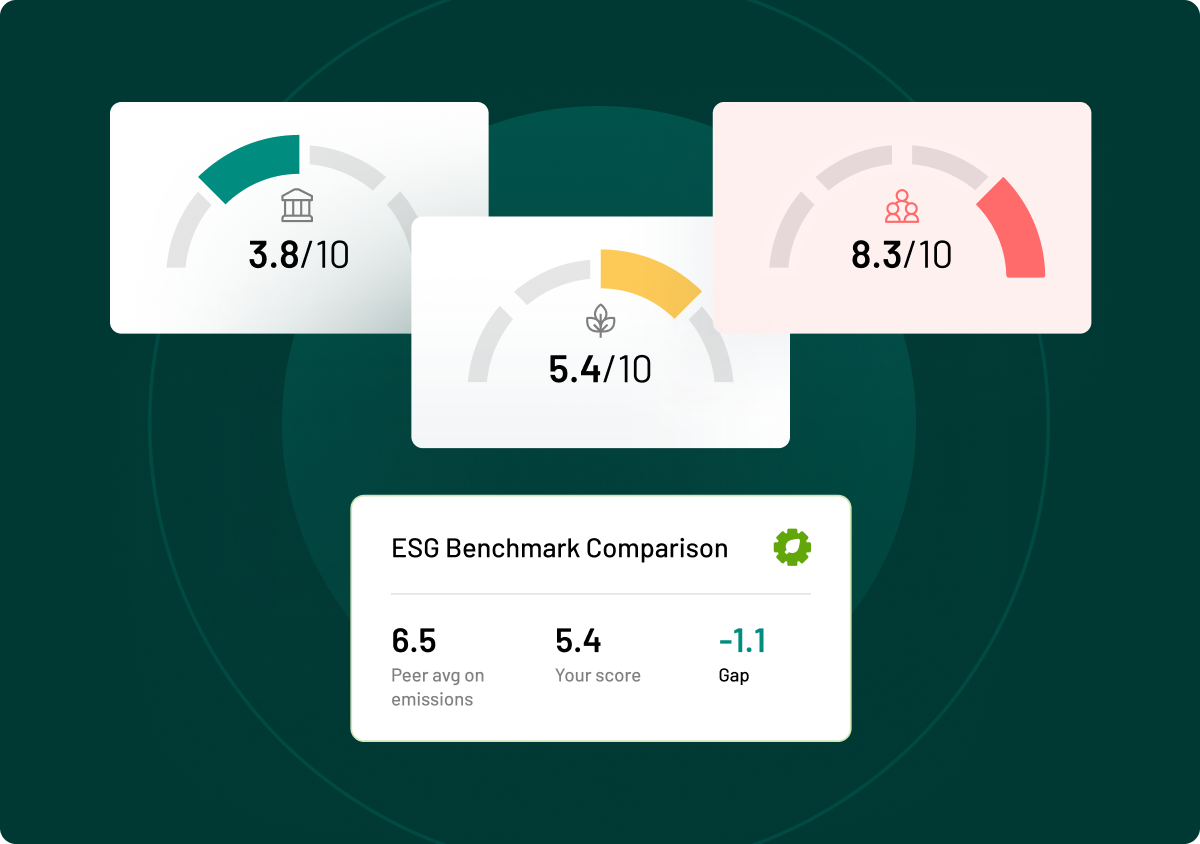






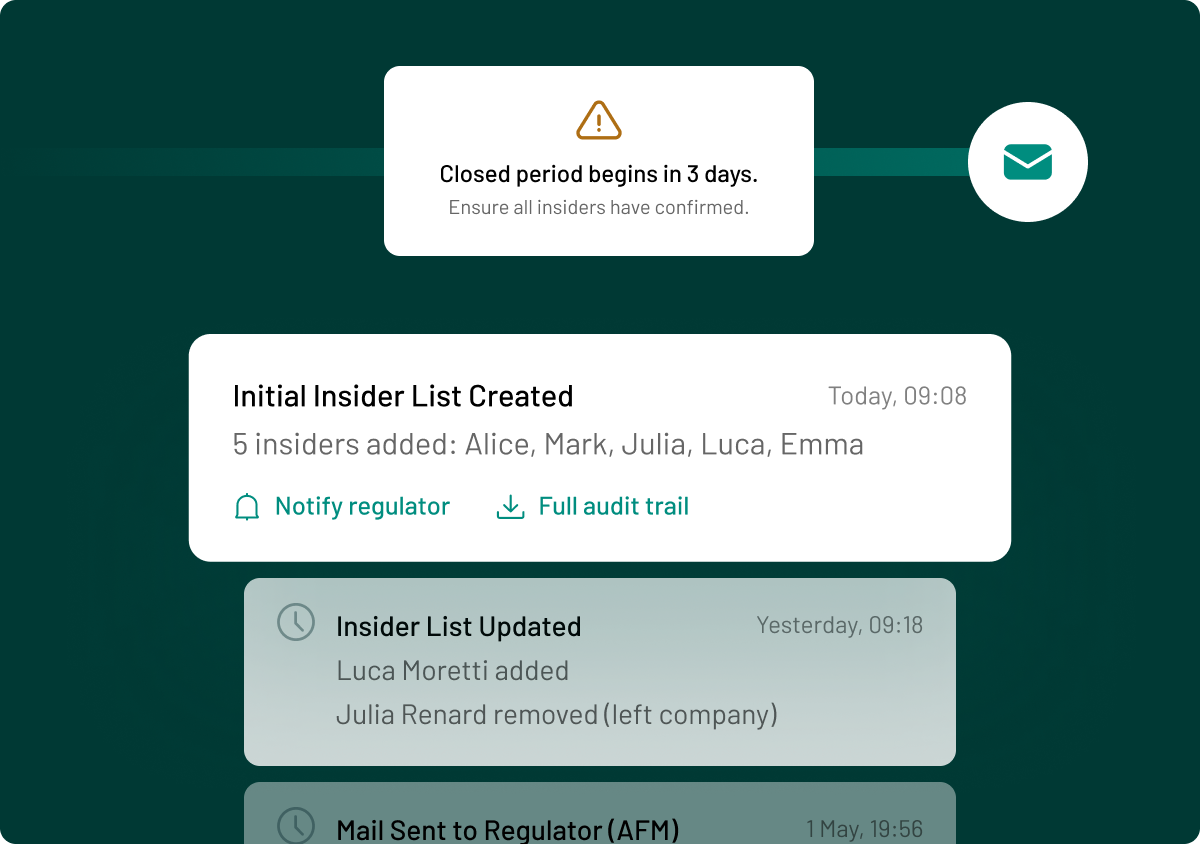
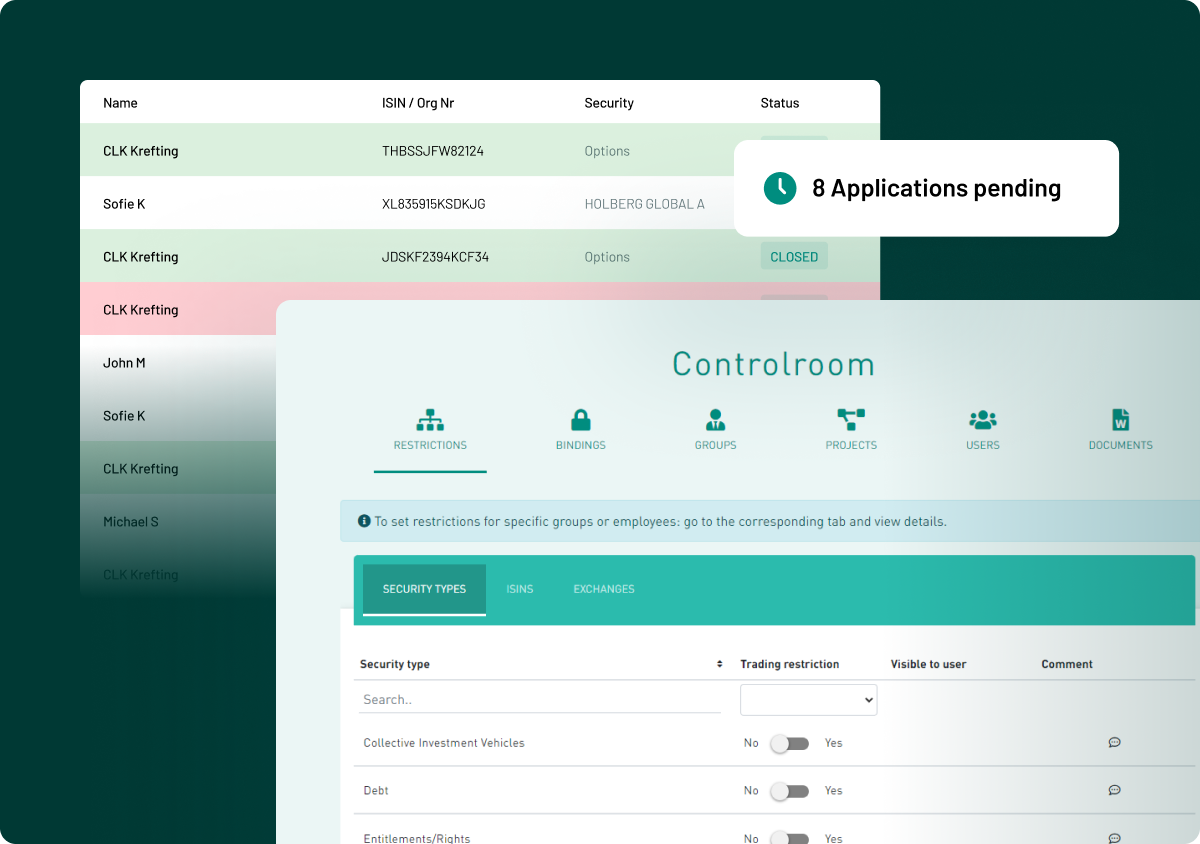
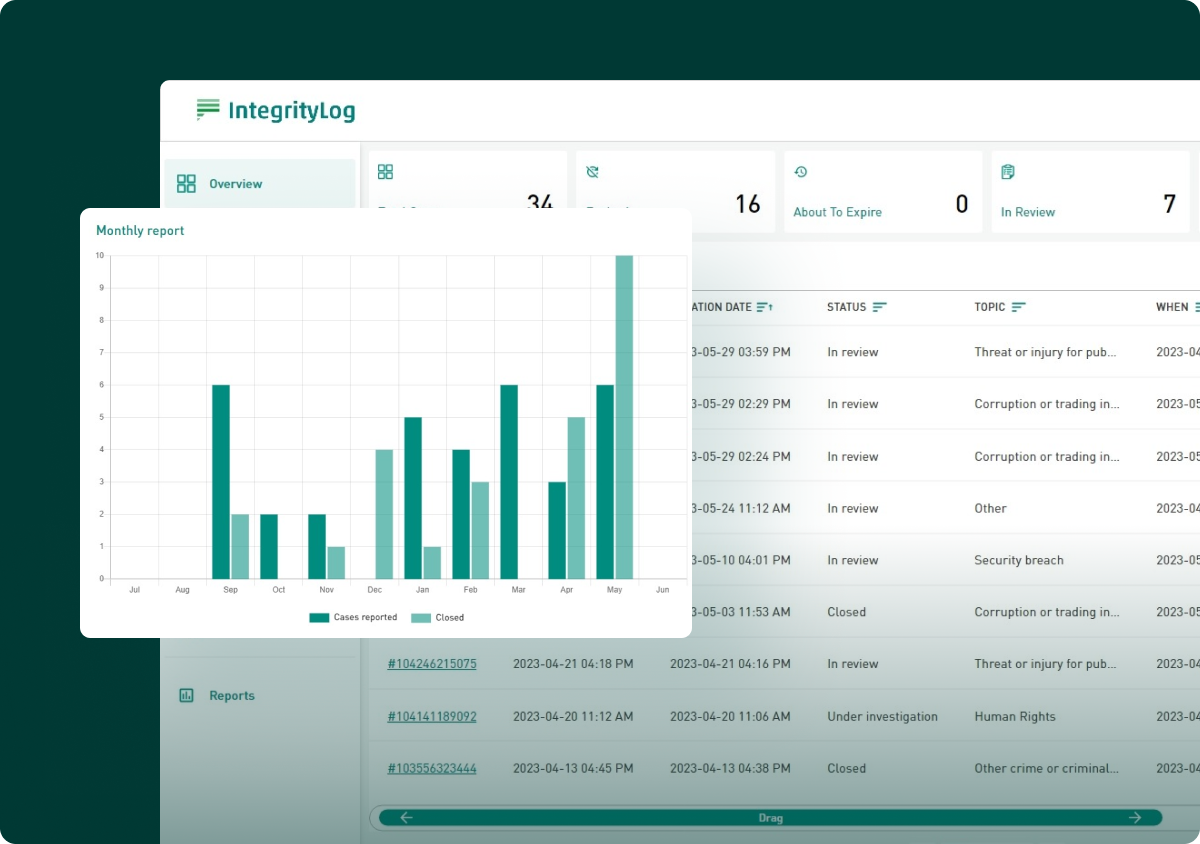
.png)
.png)






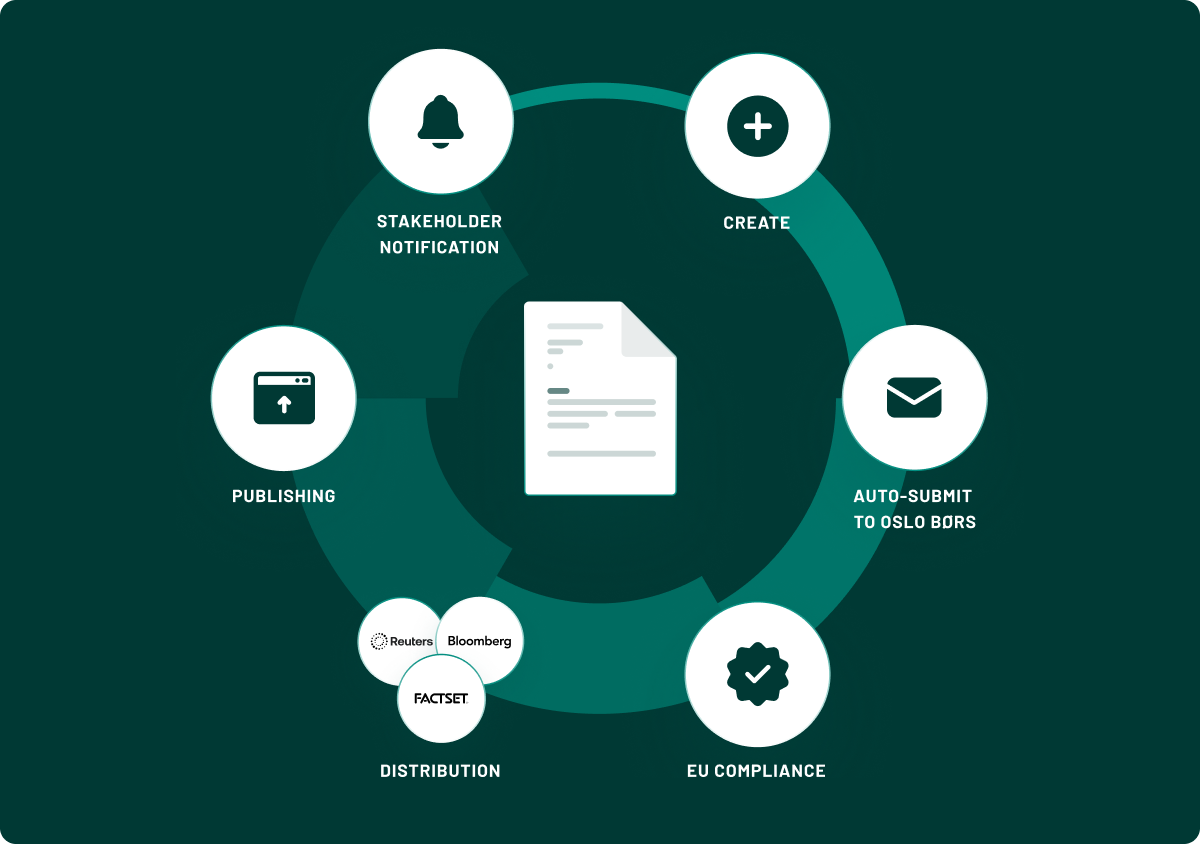
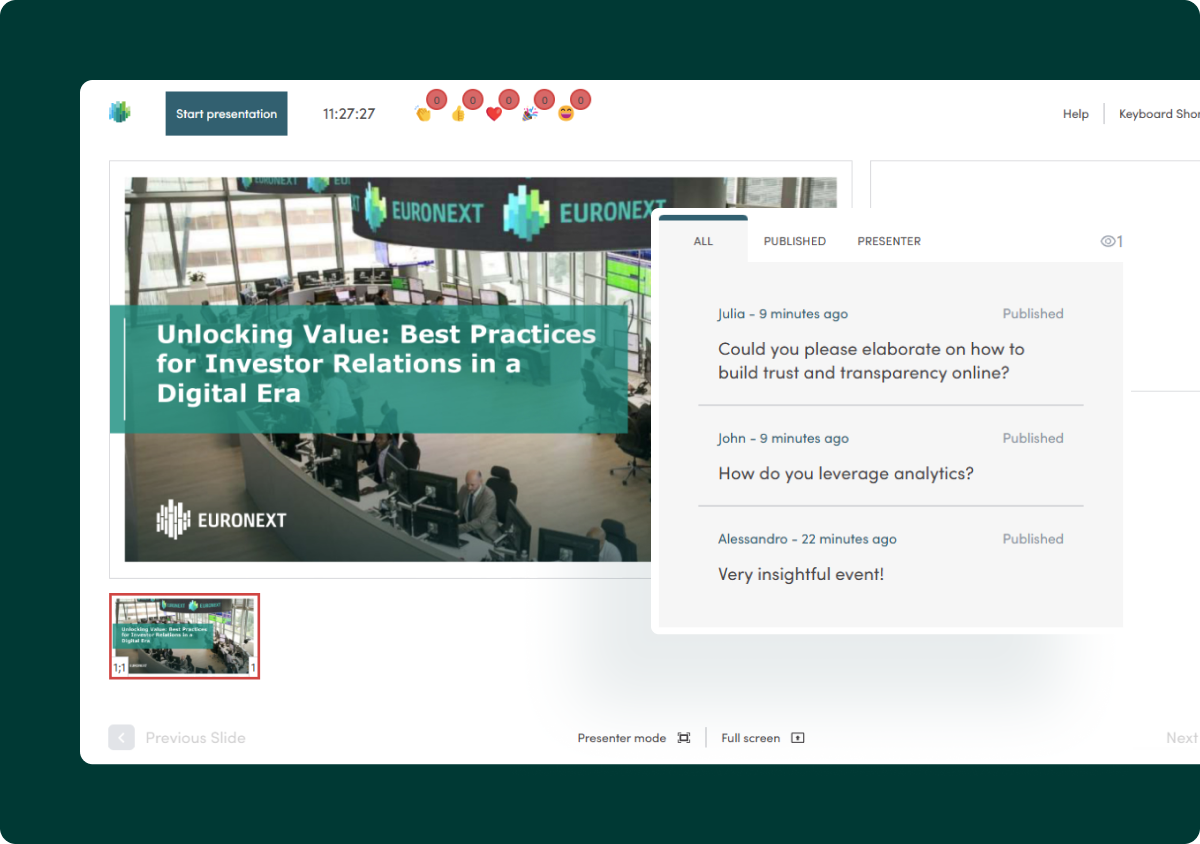








.webp)




